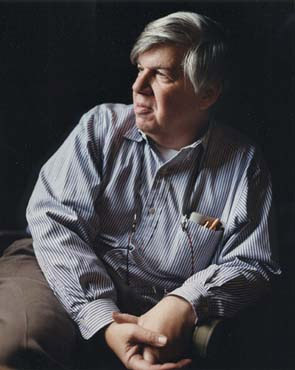
Crossing Over, the latest of three collaborations between scholar Stephen Jay Gould and artist Rosamond Wolff Purcell, brings together thought-provoking essays and uncannily beautiful photographs to disprove the popular notion that art and science exist in an antagonistic relationship. The essays and photographs collected here present art and science in conversation, rather than in opposition. As Gould writes in his preface, although the two disciplines may usually communicate in different dialects, when juxtaposed they strikingly reflect upon and enhance one another. Working together, Purcell's photographs and Gould's scientific musings speak to us about ourselves and our world in a hybrid language richer than either could command on its own. In an essay on individuality, for instance, Gould looks through the lens of evolutionary theory to address the controversial issue of cloning and the often misguided fears it evokes. As a society that exalts the concept of the individual, Gould argues, we sometimes fail to recognize that clones walk among us. Identical twins represent "the greatest of all challenges to our concept of individuality." Rosamond Purcell's photograph depicting the famous Siamese conjoined twins Eng and Chang conveys an eerie feeling that cannot be captured in words. Through its unique combination of words and photographs, Crossing Over prompts us to ponder not only the basis of the false dichotomy between art and science, but also the distinction of mind and nature, and of all humanly imposed categories of order. Gould and Purcell's work convinces the reader that a provocative interplay between art and science is not only possible, but inevitable and necessary as well.
Author

Stephen Jay Gould was a prominent American paleontologist, evolutionary biologist, and historian of science. He was also one of the most influential and widely read writers of popular science of his generation. Gould spent most of his career teaching at Harvard University and working at the American Museum of Natural History in New York. Most of Gould's empirical research was on land snails. Gould helped develop the theory of punctuated equilibrium, in which evolutionary stability is marked by instances of rapid change. He contributed to evolutionary developmental biology. In evolutionary theory, he opposed strict selectionism, sociobiology as applied to humans, and evolutionary psychology. He campaigned against creationism and proposed that science and religion should be considered two compatible, complementary fields, or "magisteria," whose authority does not overlap. Many of Gould's essays were reprinted in collected volumes, such as Ever Since Darwin and The Panda's Thumb, while his popular treatises included books such as The Mismeasure of Man, Wonderful Life and Full House. -Wikipedia